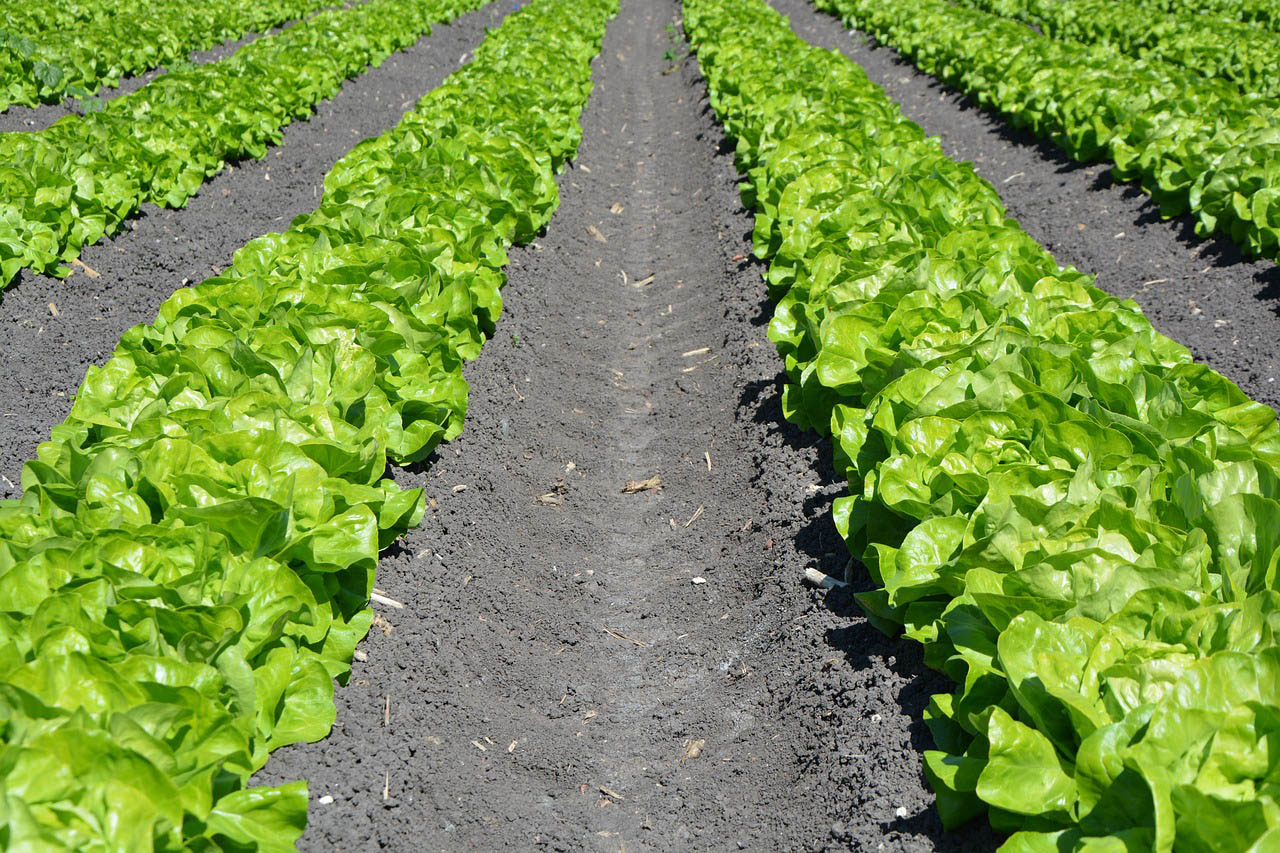Disaster Preparedness
Be sure to include birds in your disaster planning. Plastic poultry transport crates/coops work well for transporting chickens if evacuation is necessary. Vehicle interiors should be warmed in winter or cooled in summer before transporting birds.
Transfer birds to more suitable housing as soon as possible to facilitate feeding and watering. Line crates or cages with shavings or other absorbent material for ease of cleaning. At the evacuation site, house birds away from noisy areas and other flocks, and protect them from the weather and predators.
Backyard poultry evacuation kit
- Leg bands with an emergency telephone number and photos of birds can help you identify them if they escape or get lost.
- Feed and water for 7 -10 days. Vitamin and electrolyte packs (stress packs) may help ease stress.
- Sufficient feeders and waterers for the number of birds.
- Detergent, disinfectant, gloves and other cleaning supplies for cleaning cages.
- Feeders and drinkers.
- Extra absorbent bedding material (newspapers can work temporarily) to line cages or temporary coops.
- If evacuating chicks, consider their special needs (heat, food, equipment).
Source: American Veterinary Medical Association
Avian Influenza
Avian influenza refers to the disease caused by infection with avian (bird) influenza (flu) Type A viruses. These viruses occur naturally among wild aquatic birds worldwide and can infect domestic poultry and other bird and animal species. Avian flu viruses do not normally infect humans. However, sporadic human infections with avian flu viruses have occurred. The resources below offer additional information on biosecurity for your birds and avian influenza preparedness.
Know Your Birds
Here is a video published by the USDA on knowing your birds and checking for signs of illness.
-
Food Access
Finding Healthy Food in ArizonaConnecting people, food, and resources through partnerships with producers, non-profits, for-profits and government.
-
Get a License
Apply For, Renew, or look up a LicenseEnter our Licensing and Payment System then use the filter at the top to find the license you want to apply for or renew or find existing license information, including CEU's
